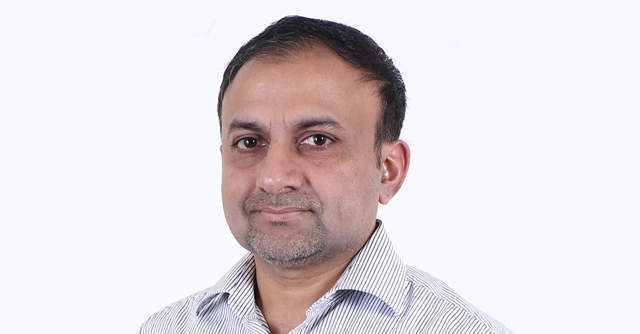
Saankhya Labs bets on interoperable chip for a piece of 5G Open RAN pie


Earlier this week, a parliamentary standing committee on IT suggested that India was not ready for 5G deployment yet, primarily due to lack of spectrum availability, high prices and poor development of use cases.
However, that has not deterred companies in the telecom and communications sector from vying for a slice of the future 5G pie.
A Bengaluru headquartered company, Saankhya Labs, is expected to soon launch its hardware product, an open architecture chip, as part of its push into the Open RAN (Open Radio Access Networks) architecture for 5G.

The 2006-founded firm, which started out as India’s first fabless semiconductor solutions provider, has grown its business in broadcasting and satellite communications on the back of its Software Defined Radio (SDR) chipsets.
According to Preetham Uthaiah, executive vice president of marketing and strategy at the startup, the current Open RAN architecture still uses COTS (commercially off the shelf) hardware. Therefore, the software developed on top of it is not truly interoperable from one chip set maker to another, he said.
“We are a few quarters away from launching our elastic RAN chip -- which will be open architecture so that someone can build or innovate on it for their RAN,” he said.

As per a report by technology market advisory firm ABI research, the expenditure on Open RAN units for public outdoor macrocell networks is expected to reach $69.5 billion by 2030.
To this end, Saankhya Labs, Uthaiah said, is in talks with strategic investors and venture capital funds to raise $15-$20 million to build the software part of its Open RAN play.
It has previously raised a little over $17 million in equity capital from companies such as Intel and General Motors. US firm Sinclair Broadcast Group, for which Saankhya has deployed 5G broadcast solutions, is a strategic investor which invested an undisclosed amount in the company in 2017.

“As of now, around 70% of our revenues come from the broadcasting industry, where we work closely with our investor, Sinclair Broadcast Group, in the US. The remaining 25% or so comes from our satellite communications business. But we are very bullish about our 5G broadcast technology, as well as other solutions,” Uthaiah said.
Timely execution and adoption of the company’s pipeline of solutions will help its revenue grow five-fold over the next two years, Uthaiah said.
Saankhya operates in the same space as Texas-based FlexRadio, and Nasdaq-listed semiconductor maker Qorvo, among others.

Pivot on the cards
Saankhya is on the path to transition from a broadcast services provider to a multiple-communication equipment company after it changed its strategy in 2010-11. The move towards 5G would be its second shift.
In the 5G broadcast space, Saankhya’s solution allows 4G and 5G wireless operators to offload OTT and live content on ‘one-to-many’ digital terrestrial transmission (DTT) networks. This enables indoor reception of DTT on mobile and improves spectrum utilisation. The solution is only deployed for US clients so far, as DTT in India is largely controlled by state-run Doordarshan.

Saankhya has also deployed its satellite communication solutions, in partnership with Bharat Electronics (BEL), for the Indian Railways to help it track locomotives. The solution is deployed across 3,000 trains today, Uthaiah said.
The company is also in the process of collaborating with a state government to help track vessels along the coast for security, he said, without revealing further details.
